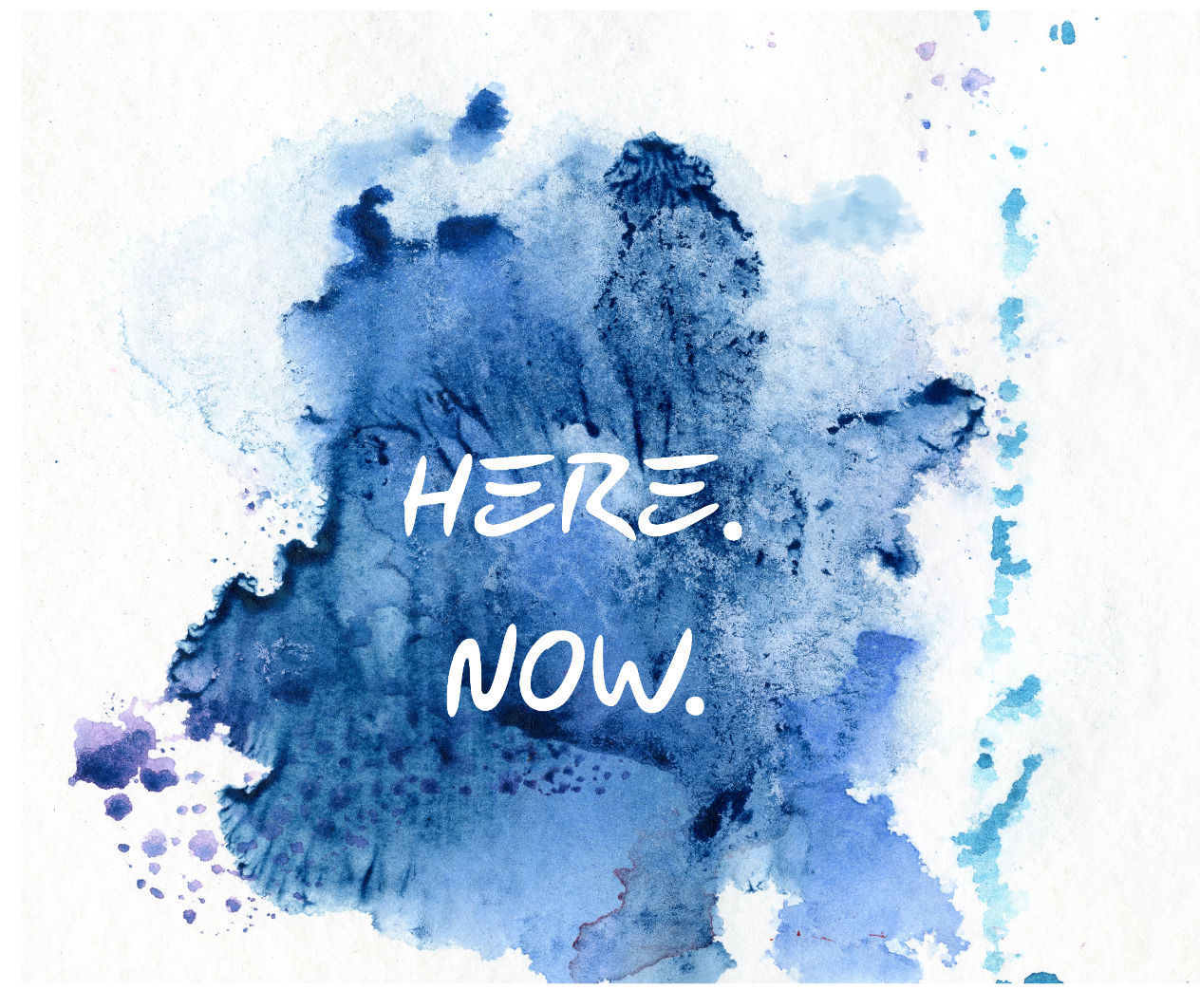
Depression isn’t about feeling down every once in a while; it’s a complex mental health condition that affects how you feel, think, and handle daily activities. It’s normal to experience sadness or grief, but depression takes these feelings to another level, influencing a person’s entire outlook on life.
A key part of getting depression is knowing what might cause it. We’re talking about a mix of biological factors, like genetics and brain chemistry, along with environmental influences such as trauma or stress. Understanding these can shed light on why someone might experience depression, making it easier to empathize with their experience.
Symptoms can vary widely but often include persistent sadness, loss of interest in activities, changes in appetite, and difficulties with concentration. Recognizing these signs early can lead to better support and treatment outcomes. However, it’s crucial to remember that everyone experiences depression differently. Some might hide their struggles behind smiles.
Living with depression is challenging, and it can feel like you’re stuck in a cycle of gloom with no way out. People describe it as being in a fog or carrying a heavy weight that just won’t let up. It’s not just about feeling sad; it’s losing the desire to do things you once enjoyed or struggling to get out of bed in the morning.
The 4 Major Types of Depression Explained
Depression shows up in different forms, each with its own set of challenges. Understanding these can help in finding the most effective support and treatments. Let’s break it down.
- Major Depressive Disorder (MDD) is probably what most folks think of when they hear “depression.” It’s intense, affecting mood and energy levels, sometimes leading to feelings of worthlessness or guilt. It’s more than just a bad day—it’s persistent and can interfere with everyday life.
- Persistent Depressive Disorder, also known as dysthymia. Unlike MDD, dysthymia is more of a long-term grind. It might not hit hard and fast, but it slowly saps joy and enthusiasm over time. People with dysthymia might feel like they’re constantly under a cloud, never getting a break from the bleakness.
- Bipolar Disorder is a bit different. It’s characterized by extreme mood swings—from the lows of depression to the highs of mania or hypomania. These mood changes can be intense and unpredictable, making it hard for those affected to maintain stability in their daily lives.
- Seasonal Affective Disorder (SAD) is another type. It typically occurs during specific seasons, usually winter, when daylight diminishes. The lack of sunlight can mess with your biological clock and serotonin levels, leading to depression-like symptoms. People often find relief with light therapy or spending some time outdoors during daylight hours.
Recognizing the type of depression is crucial because it influences the kind of help one might need. Whether it’s therapy, medication, or lifestyle adjustments, understanding the differences in depression forms is the first step towards finding the right path forward.
Living with Someone Who is Depressed

Living with someone experiencing depression How To Be There For Someone Struggling With Mental Health can feel like navigating a maze with no clear way out. The emotional weight is heavy, not just for the person affected but for those around them too. It can strain relationships and make everyday interactions feel like walking on eggshells.
Supporting a loved one takes empathy and patience. It’s important to listen—truly listen—without immediately jumping to solutions. Sometimes, all they need is someone to acknowledge their pain and sit with them through it. Simple, honest conversations where you hold space for them can go a long way.
That said, it’s also vital to set boundaries. While you want to be there for them, protecting your own mental health is essential. You can’t pour from an empty cup. Make sure to carve out time for yourself, whether that’s through hobbies you love or chats with friends who lift you up.
Encouraging professional help can be tricky. Approach it gently. Frame it as something that might bring relief or a new perspective rather than something they “should” do. Let them know that you’re there for support, whatever choices they make about seeking therapy or counseling.
Pathways to Recovery: Overcoming Deep Depression
Getting out of deep depression may seem impossible, but small steps can lead to significant changes. Seeking therapy is a solid start; finding a counselor or therapist you connect with can make all the difference. Therapy provides a safe space to express feelings and work through the toughest moments.
- Lifestyle changes play a big role in recovery. Adding regular exercise, balanced nutrition, and proper sleep habits can boost your mood and energy. Even a short walk outside or a healthier meal choice can help in surprising ways.
- Building a network of support is another critical step. Whether it’s friends, family, or support groups, surrounding yourself with understanding people can uplift your spirits. They serve as a reminder that you’re not alone in this journey.
- Medication might be necessary for some, but don’t let fear or stigma stand in the way of considering it. When combined with therapy and lifestyle shifts, medication can be an effective component. It’s about finding what works best for you and realizing that recovery is a personal path.
Ultimately, recovery isn’t about a fast fix but a gradual process of finding stability and joy again. Recognizing that each step forward is progress can be empowering. Live life at your own pace, and lean on resources and people willing to support your journey.
